
Alligators Abound in Florida’s Sewer System
Alligators Abound in Florida’s Sewer System
Researchers have discovered alligators, bats, raccoons, and many other creatures wandering through the sewer pipes in an urban area of Florida.

Cameras recorded crocodiles using stormwater drains to move between ponds. Photo: Alan Ivory
A recent study published in Urban Naturalist reveals that alligators and dozens of other species use the stormwater drainage system in an urban area of Florida to move safely through the city environment. While there has been extensive research on rats in sewer systems, other animals have received far less attention. Alan Ivory, a graduate researcher at the University of Florida and the study's lead author, suspected that the underground maze designed to channel stormwater may serve as an important passageway for urban wildlife, People reports.
The research team focused on stormwater drains beneath the city of Gainesville, Florida. They installed motion-activated cameras with magnetic mounts beneath manhole covers. In total, 39 cameras were deployed in 33 different storm drains. The cameras were left running for 60 days, though not all survived the duration. Some were washed away by rainwater, while others were damaged by animals. According to Ivory, some raccoons climbed the ladder rungs and pried cameras off the manhole covers.
Despite these setbacks, the researchers managed to recover most of the cameras, recording nearly 3,800 animal appearances from 35 different species. The American alligator (Alligator mississippiensis) was one of seven reptile species found in the stormwater system and was observed at more locations than any other reptile.
Other sewer-dwelling creatures included opossums and Norway rats, but some of the more surprising species for scientists were tree frogs, armadillos, and 12 different bird species. Small birds were seen in six different storm drains, sometimes bringing in nesting materials. Mammals were the most common sewer inhabitants, with raccoons making over 1,800 recorded appearances. The second most frequently seen species was the southeastern myotis bat, which appeared 700 times. According to Ivory, bats use the tunnels to hunt insects.
Larger animals, such as white-tailed deer and bobcats, were recorded near the sewer entrances, but very few ventured deep inside—except for alligators.
The team documented 50 instances of alligators using the sewers. Most used the system as a shortcut between ponds, but some were seen swimming into dead-end tunnels to hunt fish. It appeared that the alligators were deliberately herding fish into dead-end spaces to make them easier to catch, effectively using human infrastructure to aid in their hunting strategies. While the research focused on Gainesville, the scientists believe similar species use stormwater drains throughout urban areas in Florida.
Ivory and his colleagues suggest that Florida’s storm drain systems could be improved to be more wildlife-friendly. During their study, they observed snakes and frogs being washed into drains during heavy rain and struggling to climb back out. Constructing ramps near storm drains could help trapped animals escape more easily and safely.
News in the same category


Taylor Swift and Travis Kelce announce engagemen

Air India plane crash: reactions from across the world

RM, V, Jung Kook, and Jimin will soon be discharged from the military
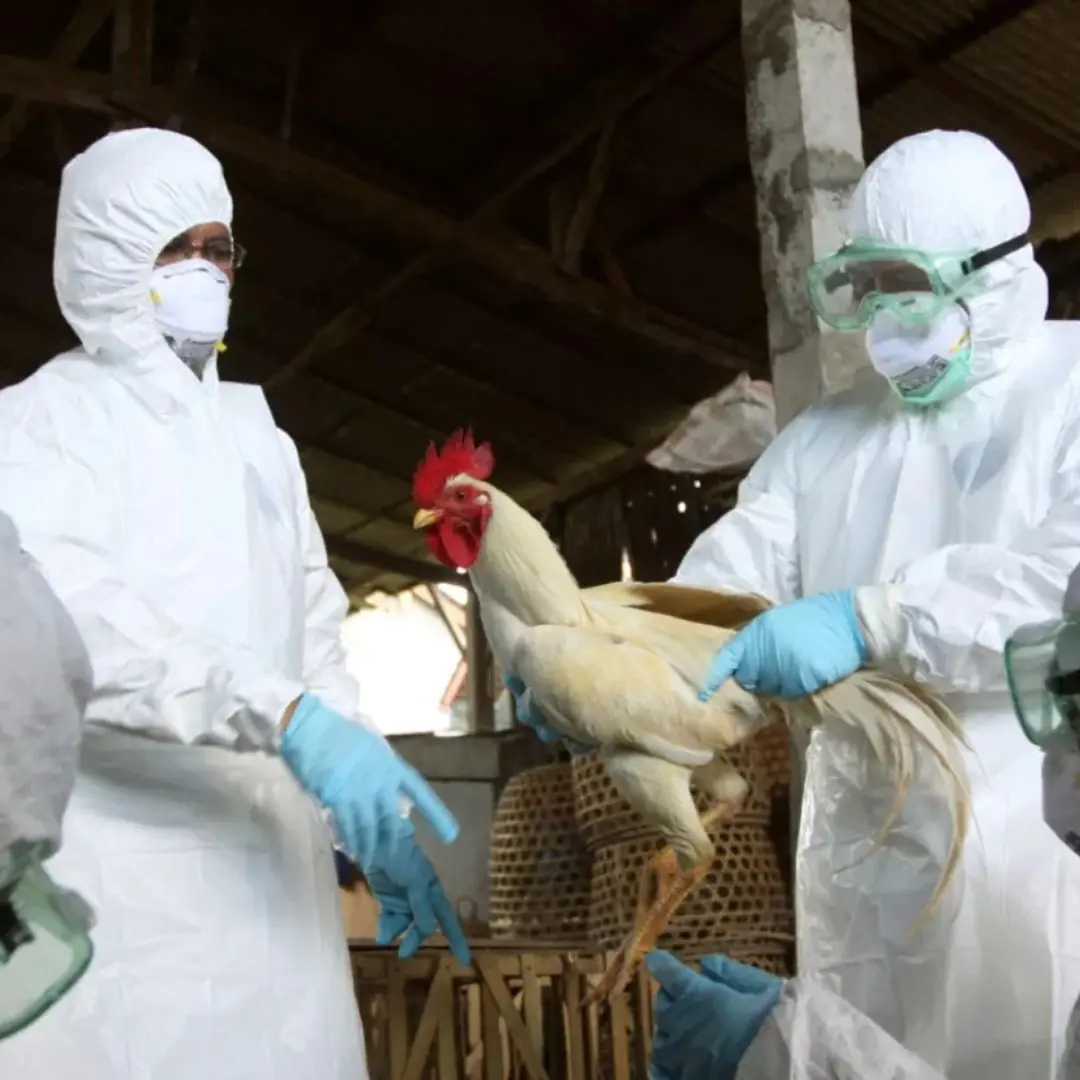
Experts Warn of Rising Bird Flu Th.r.eat: Could Avian Influenza Become the Next Pa.nd.emic?
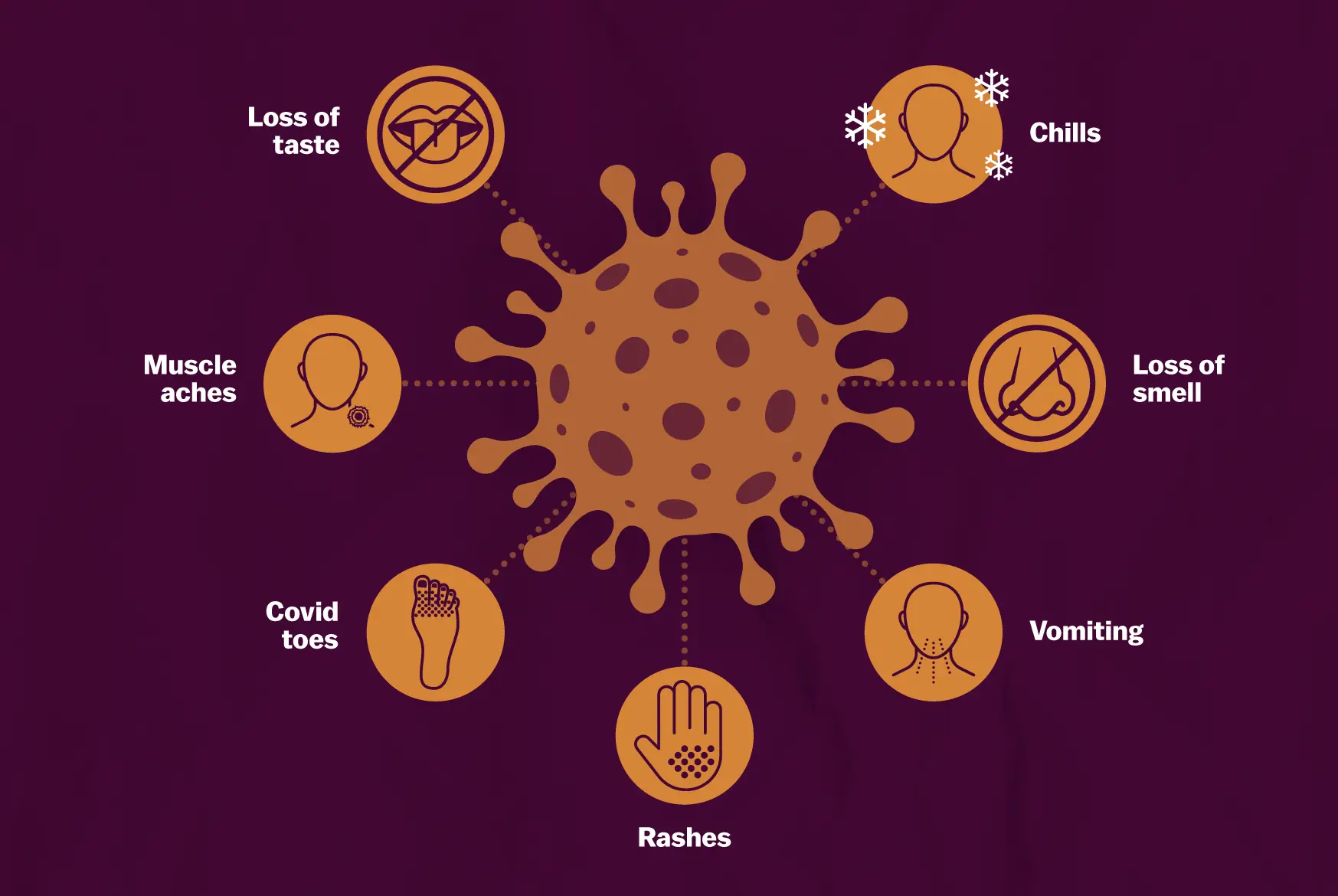
Covid-19 outbreak returns, “3 most obvious symptoms” recorded

Symptoms, signs of new COVID-19 variant spreading 7 times faster than seasonal flu

How dangerous is the cancer that former US President Joe Biden has?

Why does the Covid-19 JN.1 variant persist?

IU & V reportedly spotted dining together at a luxury restaurant
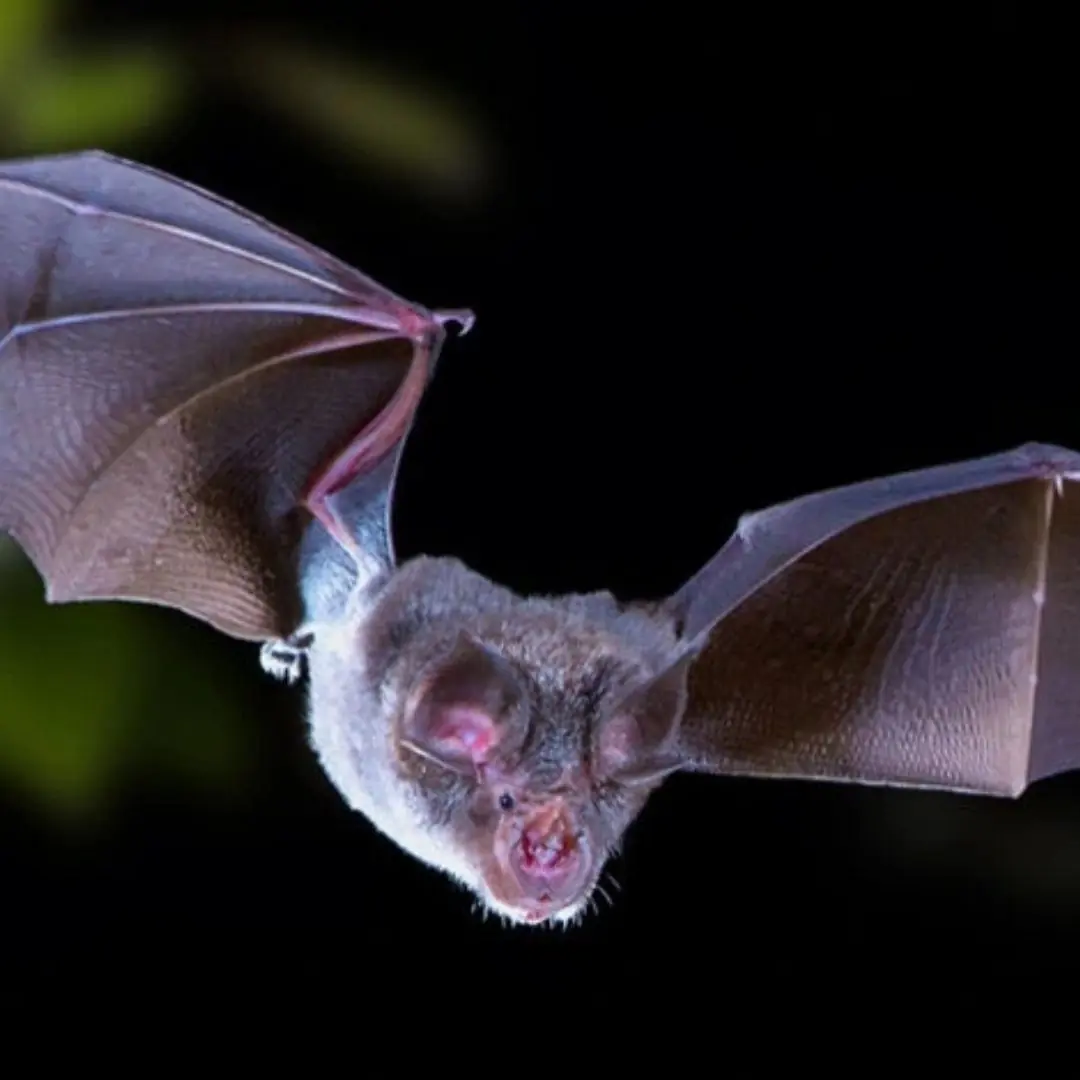
New virus discovered in bats that can infect humans like Covid-19

Cardinal Robert Francis Prevost elected as 267th pope, takes name Leo XIV

What COVID-19 variants are going around in April 2025?

Pope Francis has d.i.e.d on Easter Monday aged 88

Kristen Stewart and Dylan Meyer Are Married!

‘Depende’: David Licauco on the possibility of courting Barbie Forteza

Limo from ‘Putin’s car fleet’ is bl.o.w.n up in huge blast as troops from par.an.oid ty.r.ant’s honour guard searched for b.om.bs
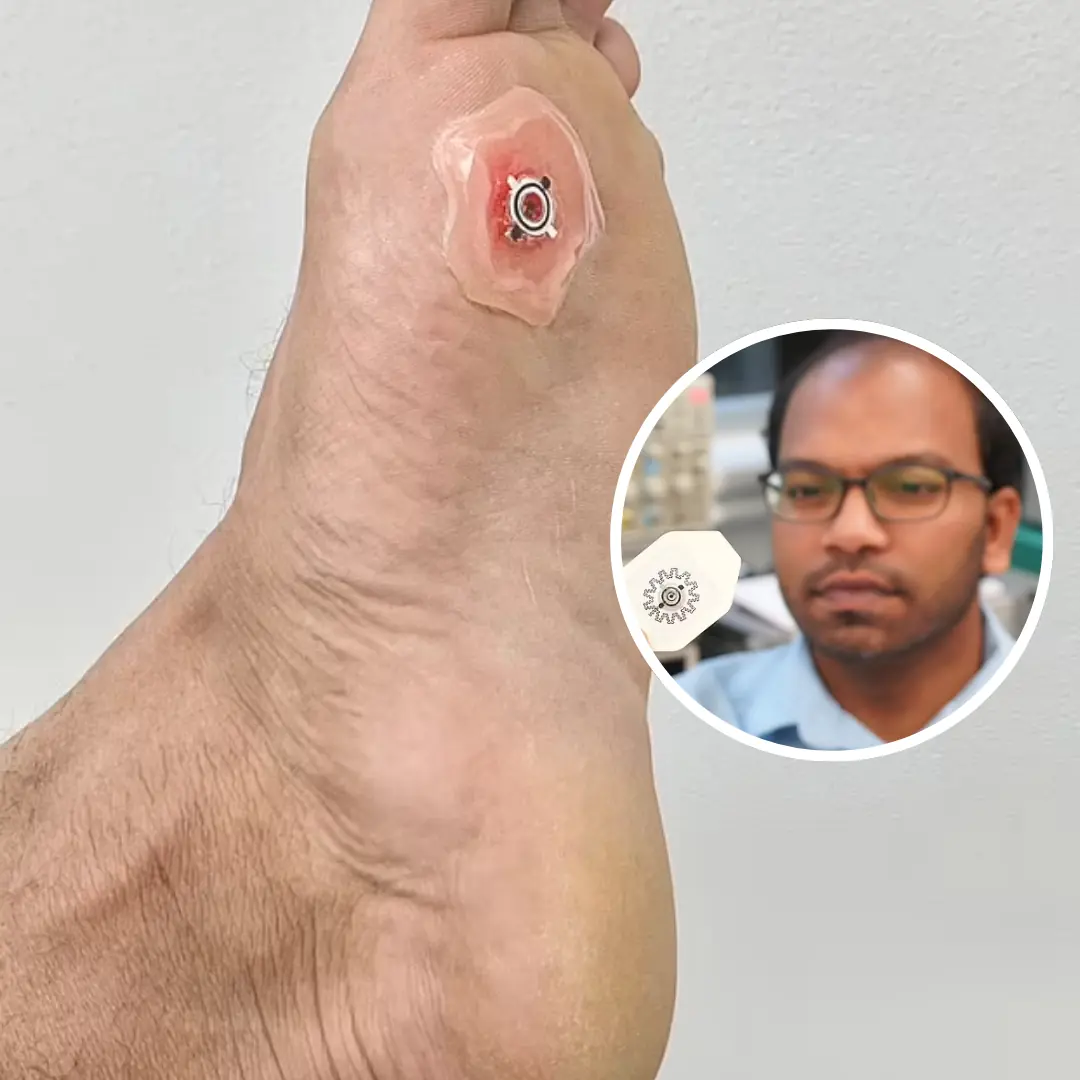
The band-aid of the future: Smart bandage heals injuries 30% faster than standard dressings by producing an electric field around the wound

NASA astronauts officially touch down on Earth for first time in 9 months after 8-day mission went wrong

Elon Musk's rocket can't take off, two scientists continue to be stuck in space
News Post
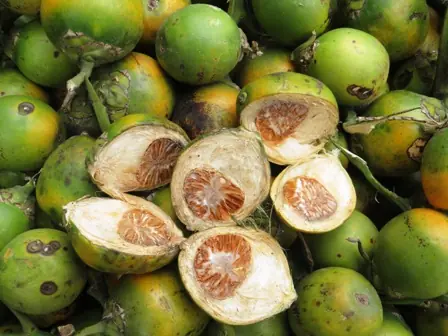
Two Fruits That Can.cer Cells “Love”: Read This to Know What to Avoid

Pine Cone Syrup for Beginners: Natural Benefits, How to Make It, and Practical Uses

Doctors Warn: 2 Winter Bathing Mistakes That Increase the Risk of Headache and Stroke
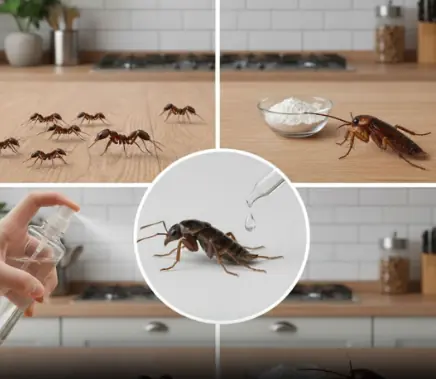
Goodbye fleas, ants, and cockroaches with this home remedy

How Did Song Meiling Live to 106 After a Can.cer Diagnosis at 40? Her Diet May Explain Why

Why do some men grow this nail long?

Doctors Warn: 5 Warning Signs the Body May Send Before a Stroke

Female Student Hospitalized With Severe Kidney Infection After a Common Bathroom Habit

Turns out this is what costs us more electricity than anything else
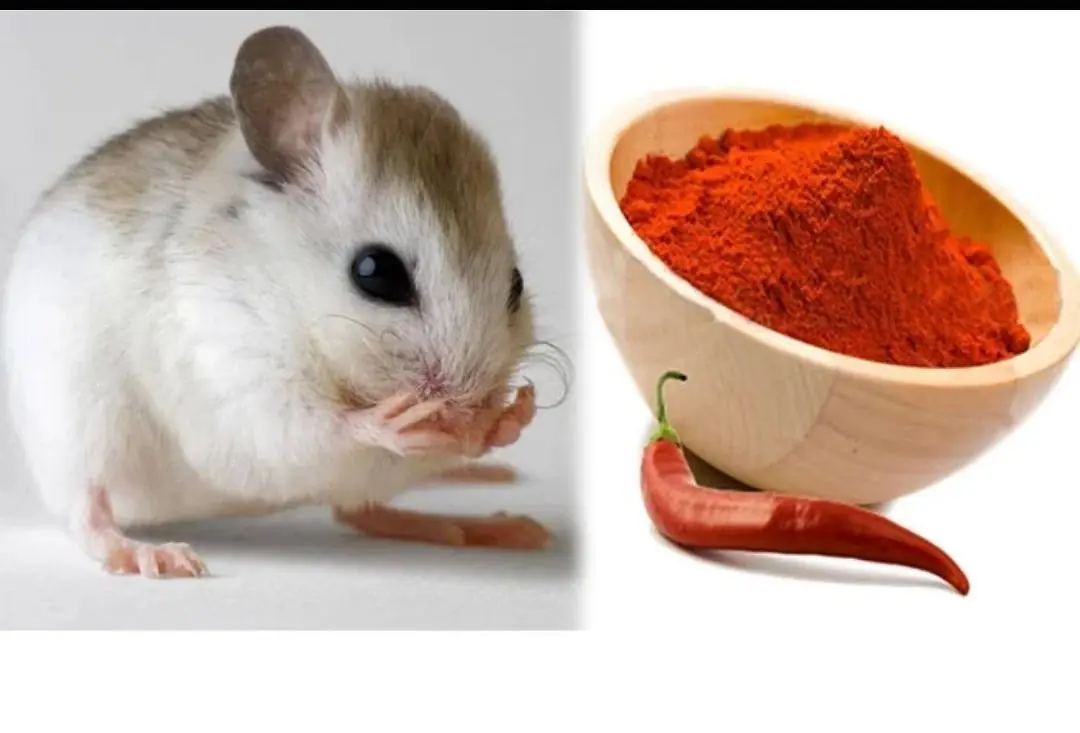
3 Easiest Ways to Get Rid of Mice in Your House

Behind her battle with a rare disease at a young age was a harmful habit many unknowingly practice every day

32 Warning Signs of Magnesium Deficiency You Shouldn’t Ignore
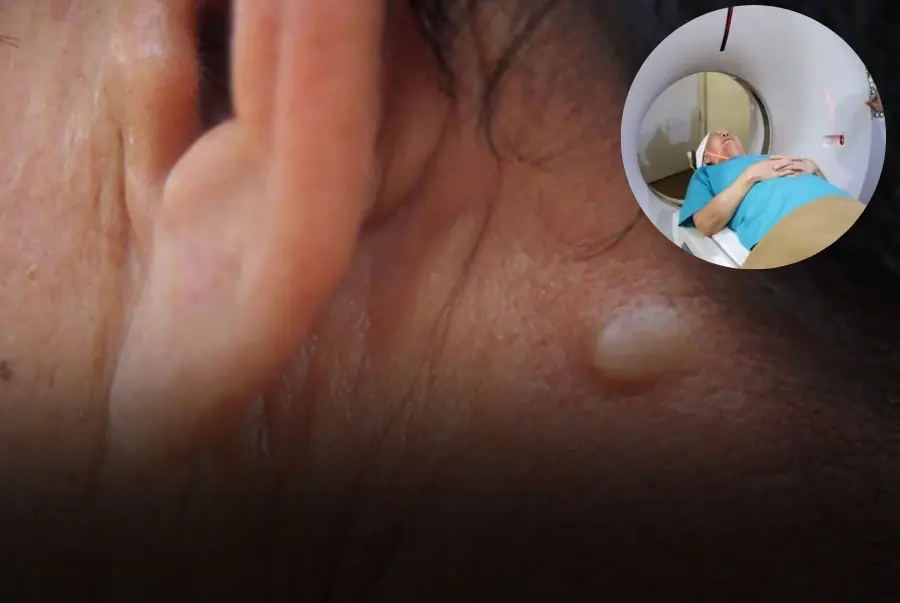
5 Early Signs of Thyroid Can.cer That Are Easy to Recognize

Three Unusual Neck Signs That May Signal a Serious Health Risk
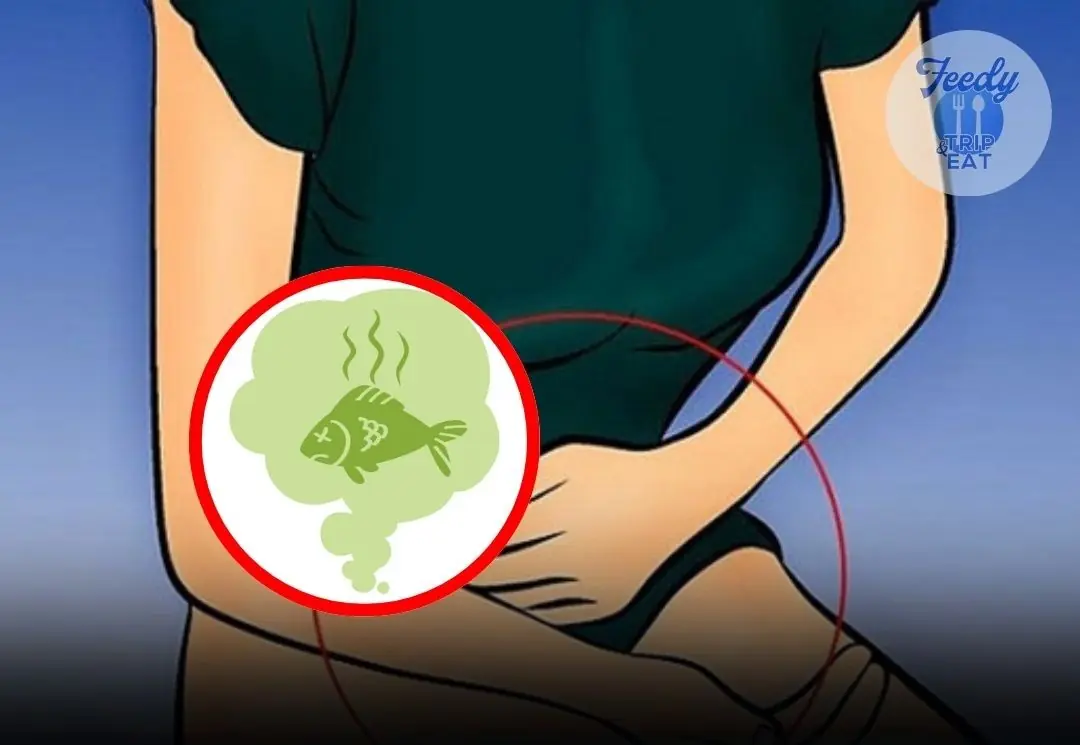
What Causes a Fishy Vaginal Odor and How You Can Get Rid of It Safely
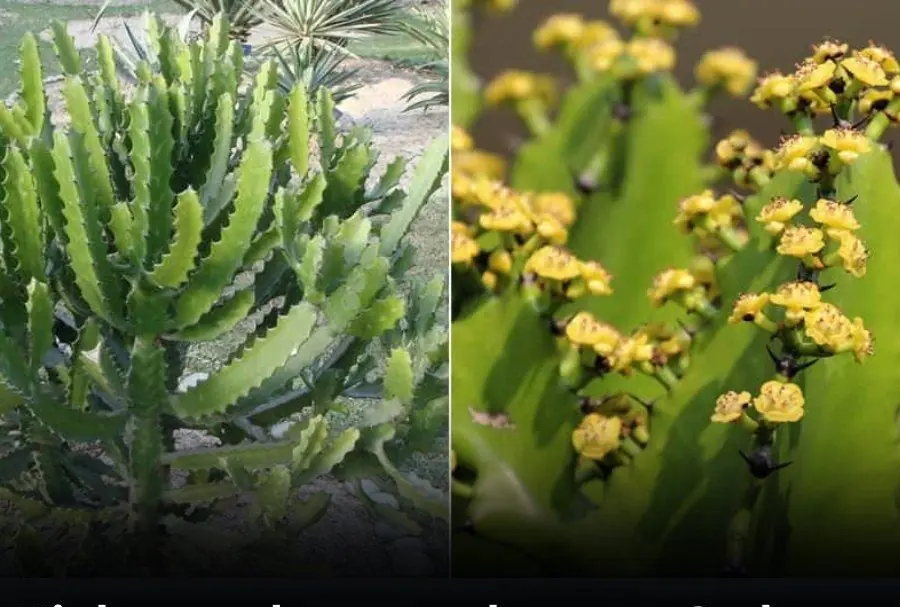
Try picking a few plants from this list and see what good things come your way!

Clothes come out of the wash wrinkled? Add this cheap item to the washing machine—laundry comes out smooth and fresh

If You Spot These Tiny Red Marks on Your Arms or Hands, Doctors Urge You to Pay Attention

If You See These 3 Signs in a Hotel Room, Check Out Immediately, Experts Warn
